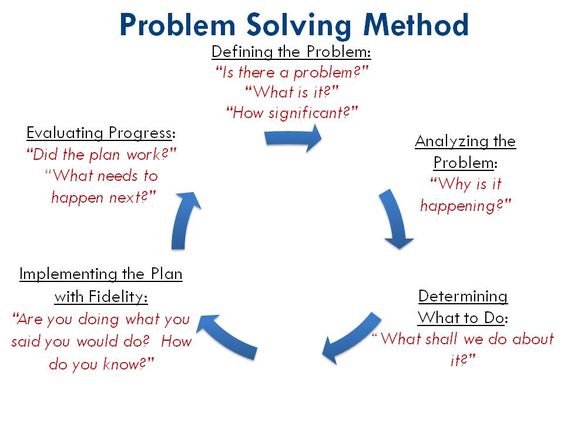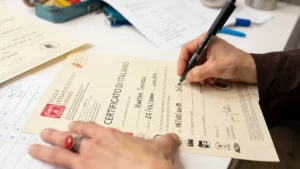There is a strong emphasis on performance management in the UK education system. The senior leadership team in any school will be expected to meet government targets as well as manage their budget effectively. Naturally, problems will arise, whether from an unsatisfactory Oftsed inspection or behavioural problems within the student body. How these are dealt with is important.
The first step in any effective problem-solving process is to clearly define the problem. Leadership teams in schools need to take time to fully understand the root causes of issues, gather data if needed, and articulate the problem statement before jumping to solutions. A clear problem definition ensures everyone is on the same page. Do not make assumptions about causes – really dig into the details through open discussion, surveys, research, and observation. Develop a detailed description of the current problematic situation to inform solution brainstorming.
Involve Multiple Stakeholders
Problems in schools often impact a wide range of stakeholders – students, teachers, parents, community members, etc. When defining problems and generating solutions, leadership teams should involve representatives from all key stakeholder groups. Their diverse perspectives are invaluable. Stakeholder involvement also builds buy-in for solution implementation. Set up task forces, hold meetings, send surveys – there are many ways to solicit stakeholder input. Do not view problems or solutions through one limited lens.
Brainstorm Potential Solutions Openly
With a well-defined problem, leadership teams should brainstorm potential solutions openly without judging initial ideas. Generate a list of all possible options and get creative. At this stage, there are no bad ideas. The goal is to think broadly about all potential strategies. Encourage unconventional solutions and outside-the-box thinking. Build on each other’s ideas. Avoid shutting down concepts too quickly – let the list grow.
Analyze and Select the Best Solution
Once a list of potential solutions has been created, the leadership team needs to critically analyse each option. Consider pros/cons, short-term and long-term impacts, resource requirements, and likelihood of successful implementation. Then thoughtfully select the solution or combination of solutions with the highest potential for effectively addressing the defined problem. Creating a matrix to visually map all the factors can be helpful for analysis.
Develop an Implementation Plan
Working with experienced Governance Experts in London like this London governance consultancy is an important step, as they can help you plan out the details of implementing the chosen solution. The team should map out action steps, owners, timelines, resource needs, communication plans, and success metrics. A detailed implementation plan keeps solution execution organised and on track. Think through contingency plans as well. Implementation is where many solutions fail without thorough planning.
Evaluate and Tweak as Needed
Once solution implementation is underway, the leadership team needs to closely monitor progress and results. Collect data on whether the desired outcomes are being achieved. If not, the team may need to tweak certain elements of the plan. Effective problem-solving requires an iterative approach and ongoing adjustments. Schedule regular check-ins to assess what’s working vs not. Be ready to change course quickly if needed.
With thoughtful problem definition, creative brainstorming, stakeholder involvement, thorough analysis and planning, and continuous evaluation, school leadership teams can execute student-focused solutions successfully. Keeping these problem-solving strategies top of mind will lead to better decisions and outcomes.





Be First to Comment